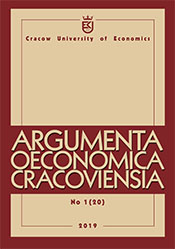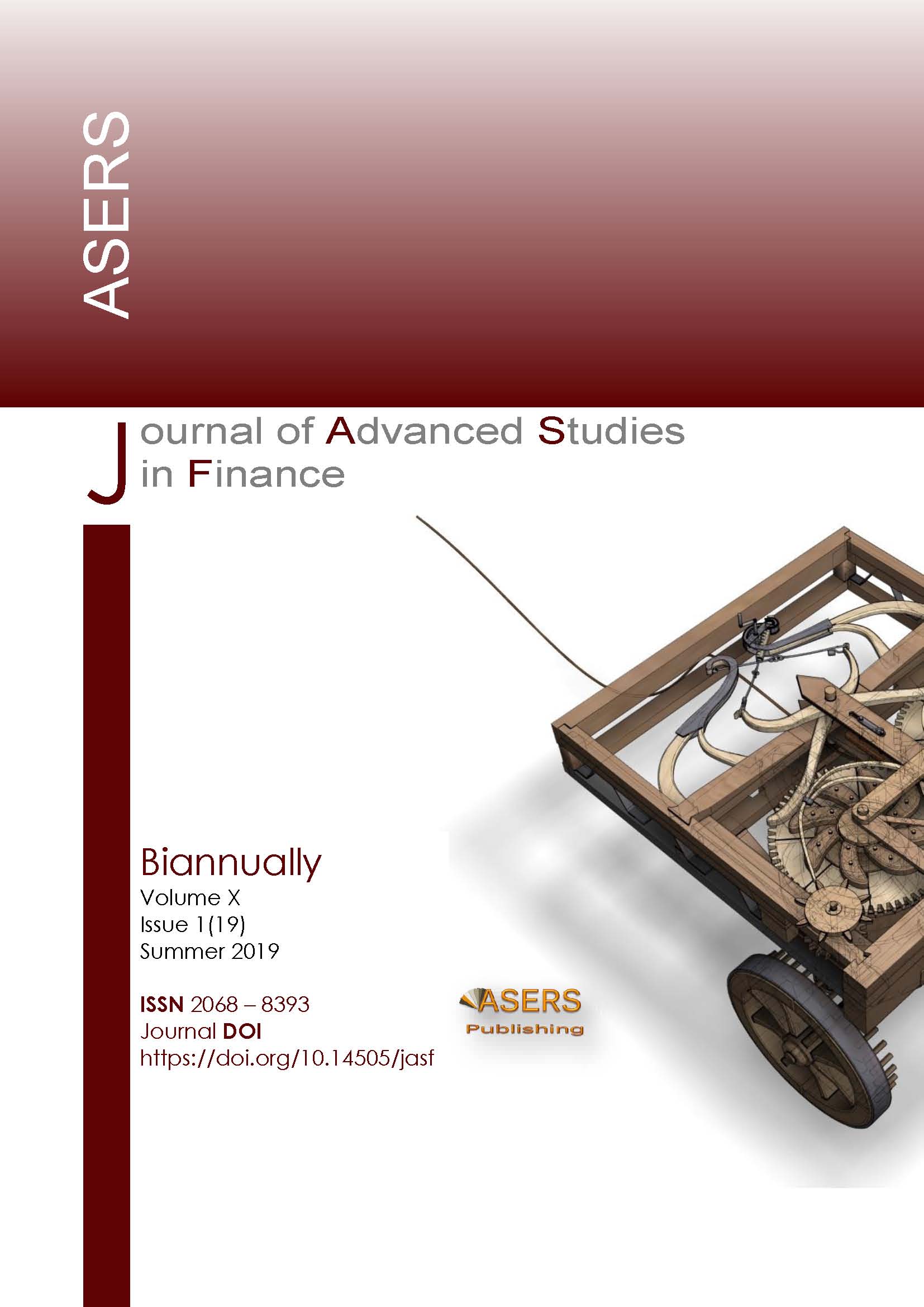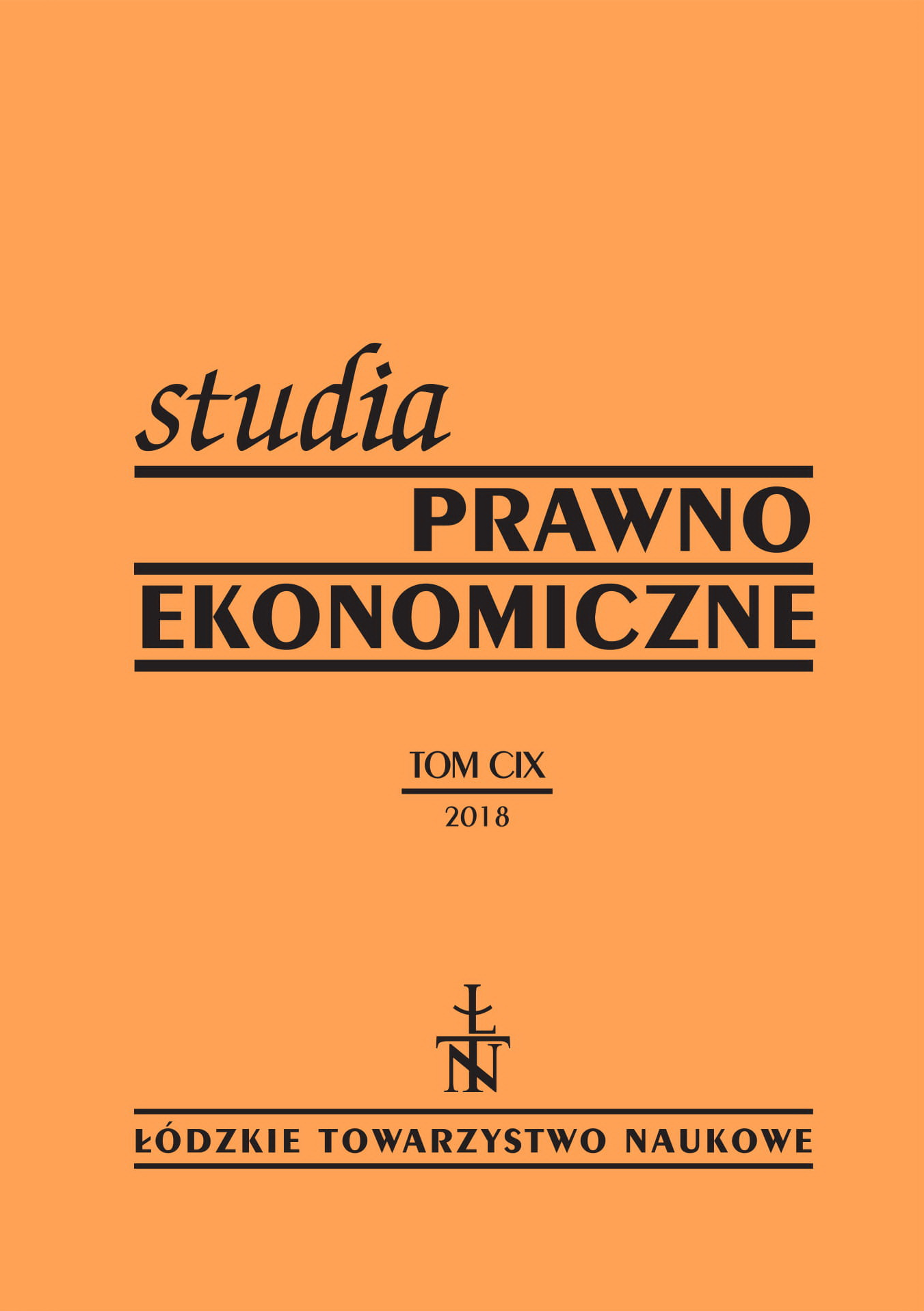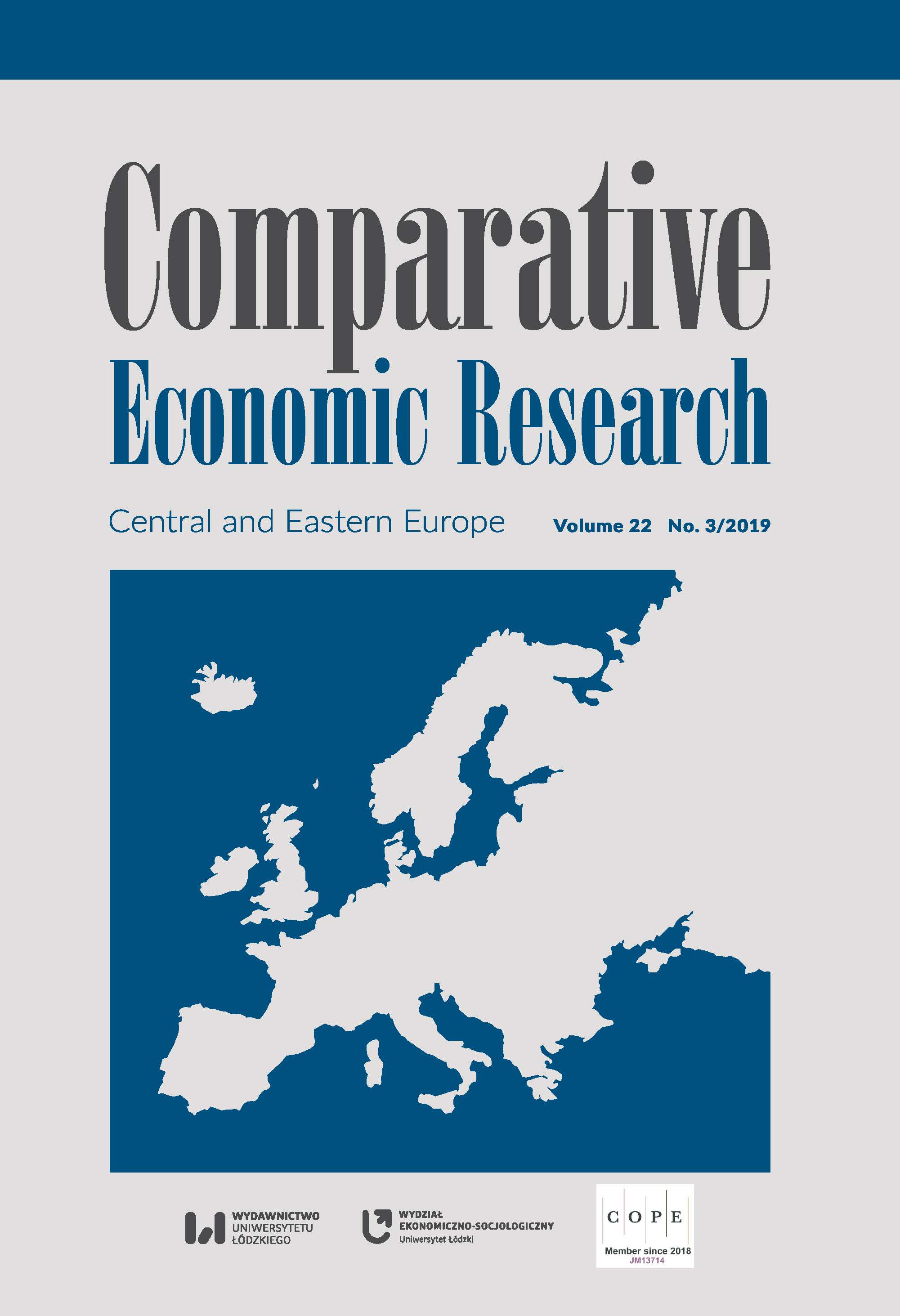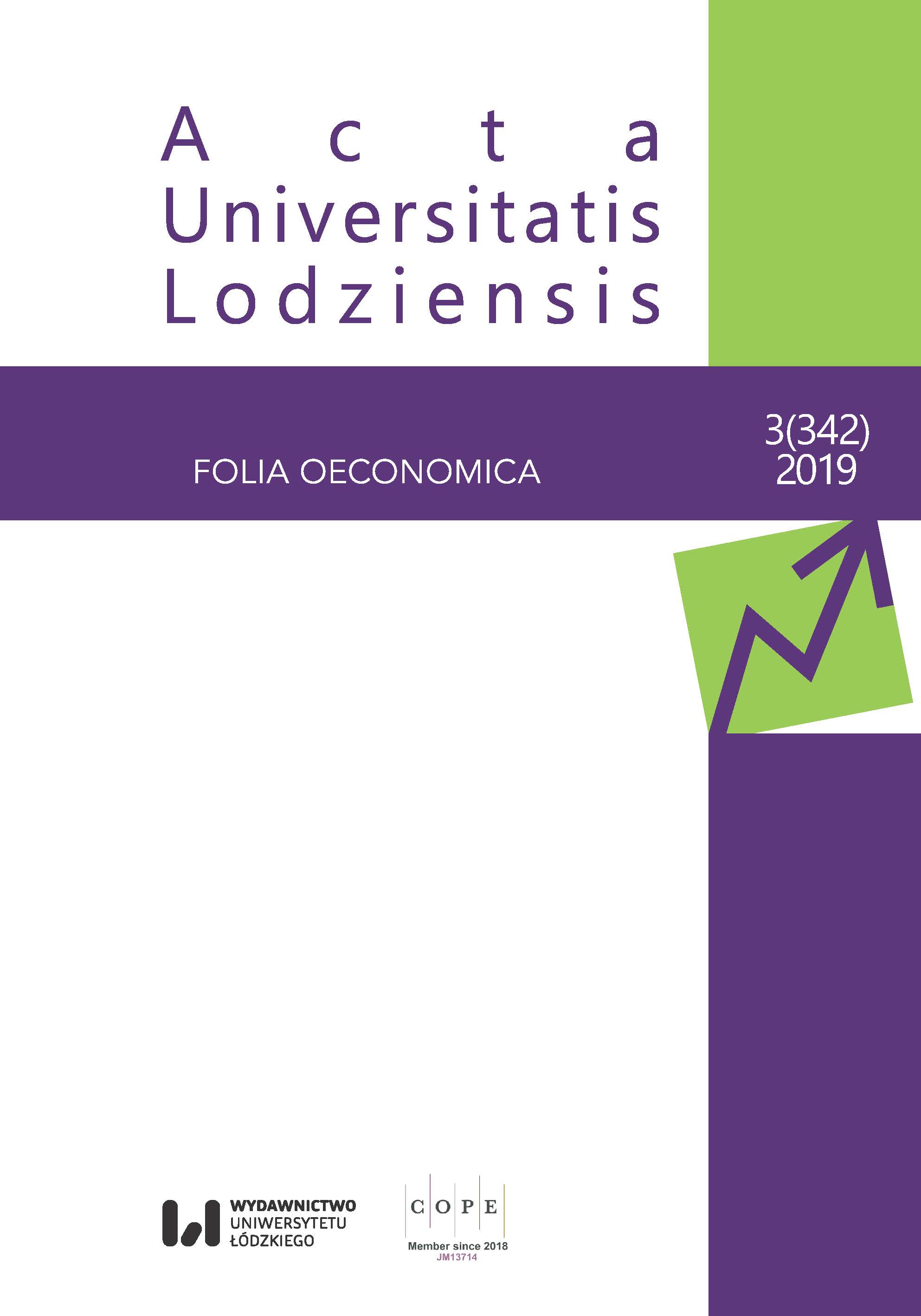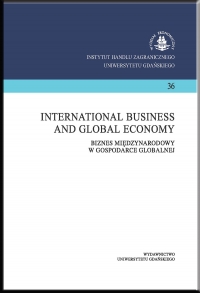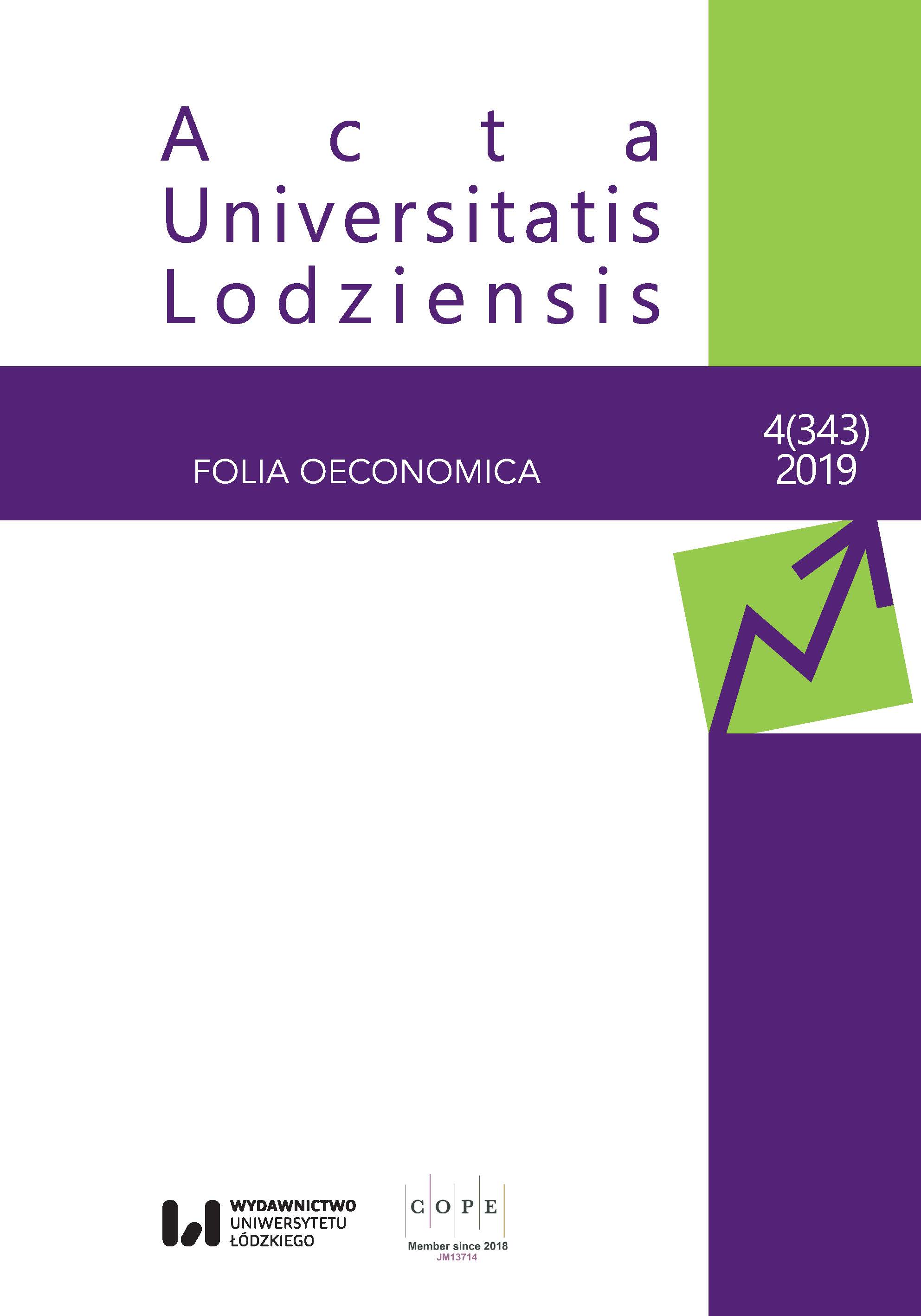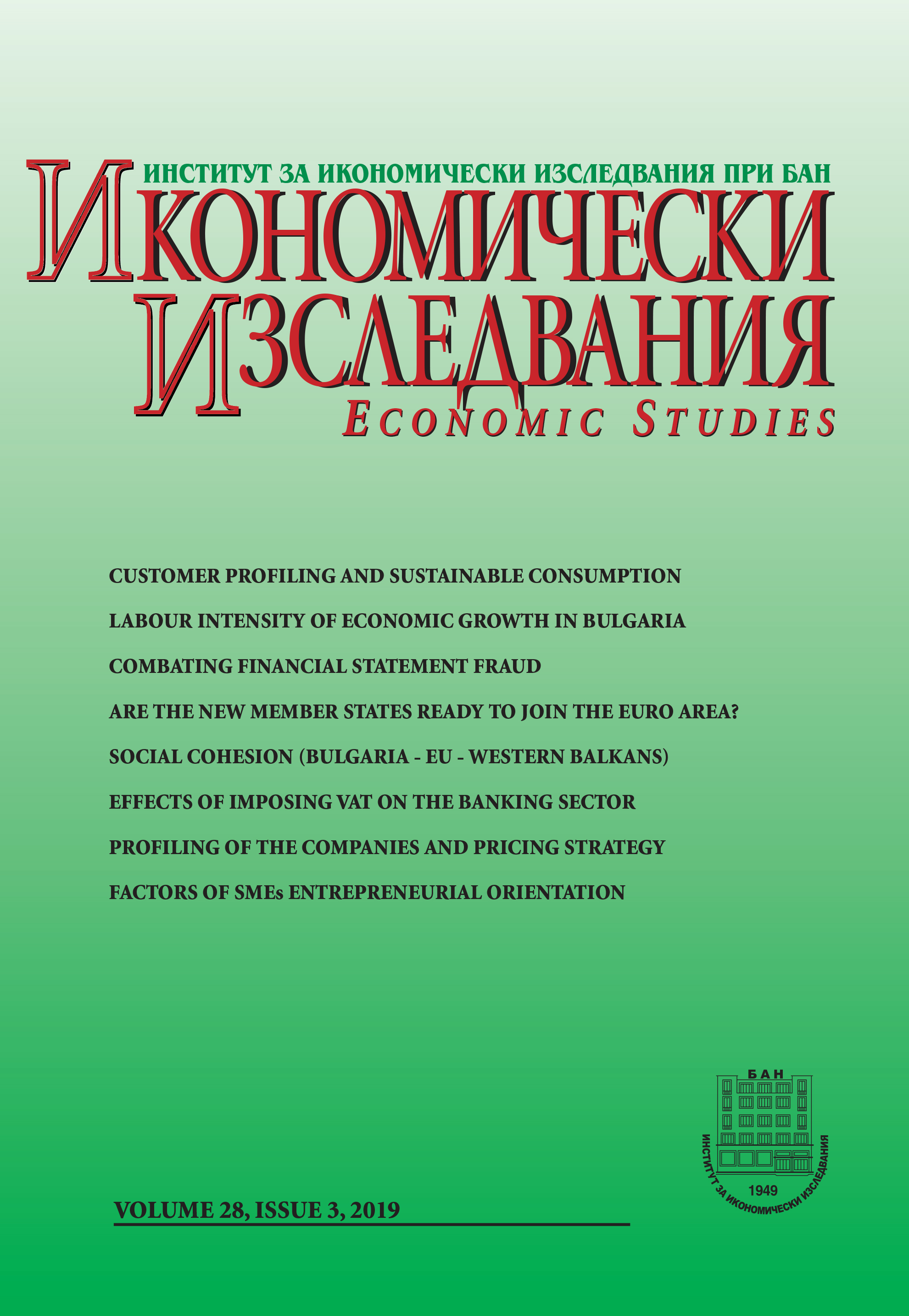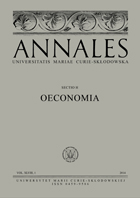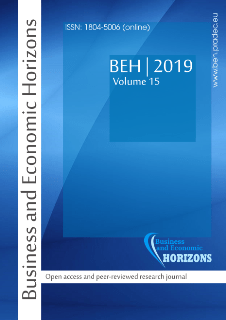
The nexus prevalent in nonlinear finance and growth in the presence of macroeconomic instability in Turkey: Does the stock market really matter?
The link between stock market and economic development has become a significant volatile issue over the past few years. Our major contribution in the debate concerning the nexus between finance and growth is to bring to the fore the asymmetric effects of stock market development on economic growth under macroeconomic instability. Hence, towards this purpose, the stock market development index and the macroeconomic instability index, which are both constructed by incorporating the exchange rate and unemployment rate, are built based on principal component analysis. Utilizing the nonlinear autoregressive distributed lag model (NARDL) within the framework of a time series approach, we provide evidence that there is an asymmetric relationship between economic growth and the development of the stock market in Turkey.
More...
